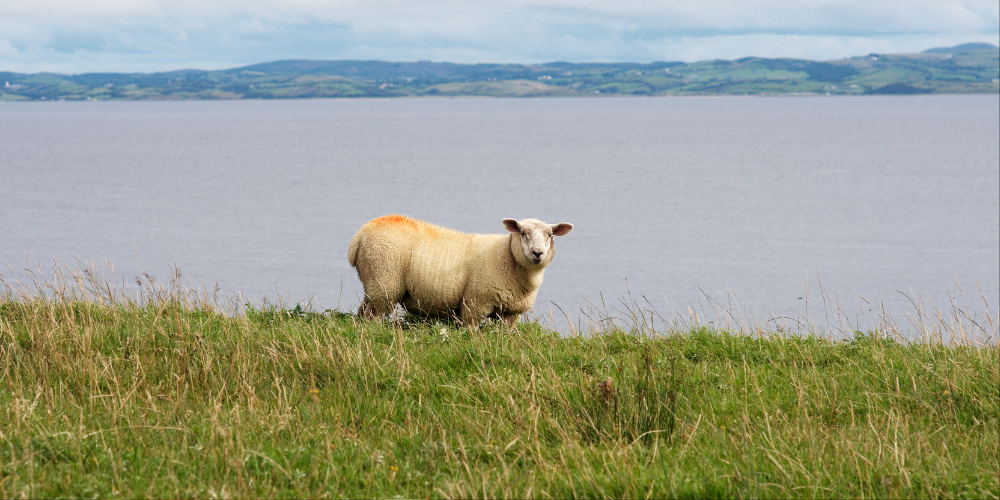A project is underway to monitor and manage sheep dip pollutants in rivers across Donegal.
River water quality declined at significant levels in Donegal in recent years, according to the EPA, leading to an increase in chemical monitoring stations in the region.
A study in 2020 found widespread detection of cypermethrin, a chemical which enters waters from soil erosion and run-off from agricultural and forestry applications. Out of 21 sites in Donegal, 11% of all results were above the Maximum Allowable Concentration of cypermethrin.
Exceedances for cypermethrin were observed particularly in southwest Donegal (Ballaghdoo, Glenaddragh, Eany Water and Murlin rivers) and in north Donegal ( Ballyhallan and Clonmany rivers).
Donegal has the largest number of sheep per county at 535,949 in 202013 and forestry covers 11% of the land area.
Although cypermethrin has a low toxicity for mammals and birds, low concentrations of cypermethrin are found to have detrimental effects on aquatic ecosystems, as aquatic invertebrates and fish are highly sensitive to cypermethrin.
In response to the issue, the Environmental Protection Agency has recommended a national cross-agency forum to focus on the appropriate management of spent sheep dip to prevent environmental pollution.
This project was included in the EPA’s Water Quality in Ireland Report 2016-2021, published today.
The report shows that water quality in Ireland is not as good as it should be. Only just over half of rivers, lakes, estuaries and coastal waters are in satisfactory condition.
While the decline in water quality of our rivers and lakes is relatively small (one and three percent of waterbodies respectively), the number of estuaries and coastal water bodies in satisfactory condition has decreased by almost 16 percent and 10 percent respectively.
The main pressures on water quality are agriculture, physical changes such as land drainage and dredging, forestry activities and discharges from urban wastewater. These activities can lead to run-off of nutrients, sediment and pesticides and damage to the physical habitat of waterbodies. The EPA says that the number of waterbodies impacted by agriculture has increased in recent years.
Mary Gurrie, Programme Manager, added: “Improvements in water quality are being made, particularly in the priority areas for action where there has been focussed action to restore water quality in the past three years. This shows that improvements to water quality can be made when actions are targeted. However, the gains made are being wiped out by declines in water quality elsewhere.”
The full report and a summary report are available on the EPA website here: https://www.epa.ie/publications/monitoring–assessment/freshwater–marine/water-quality-in-ireland-20162021-summary-report.php








